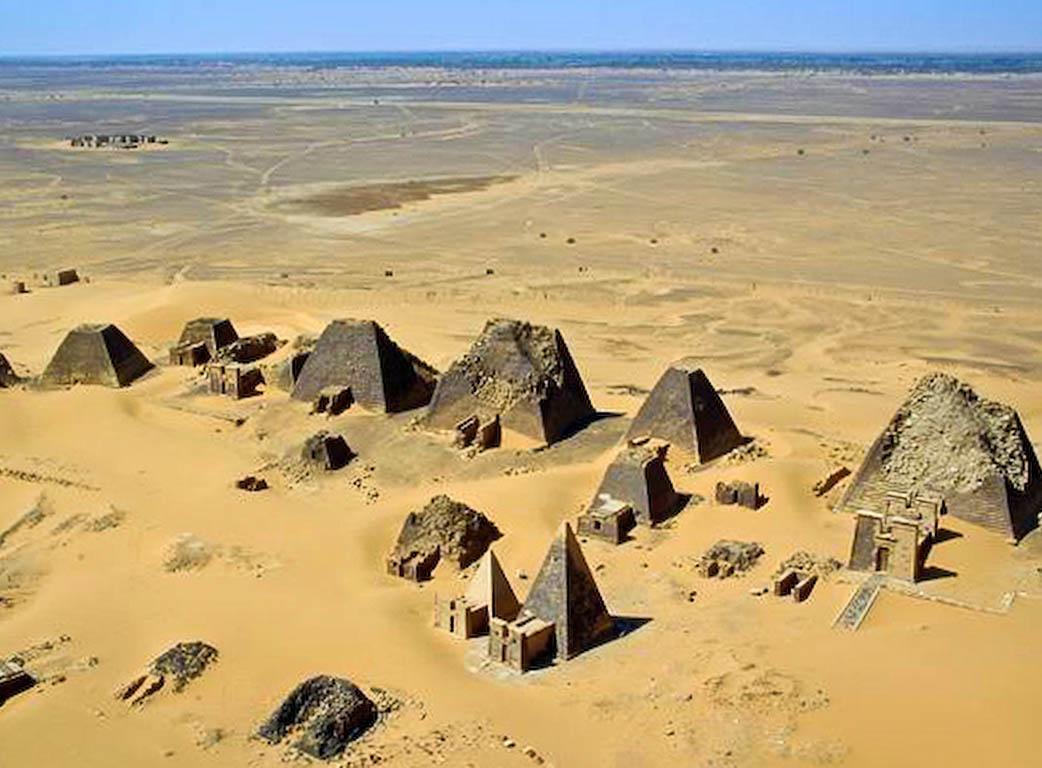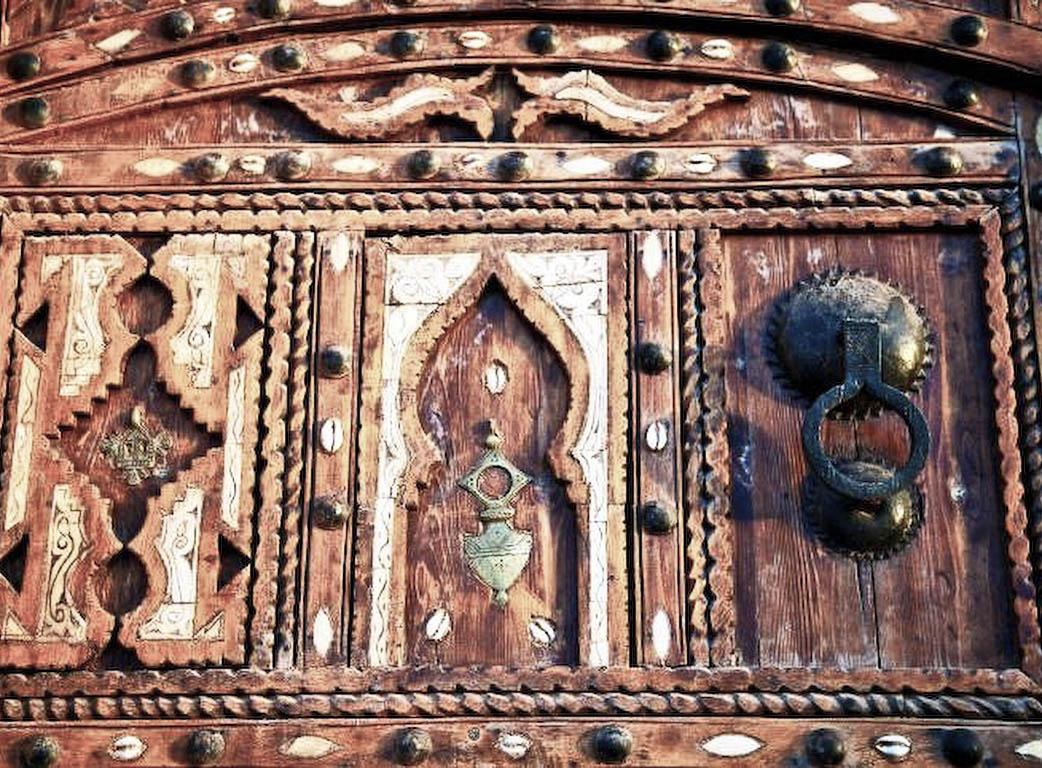The pyramids of Sudan
Science et Vie 28.12.2024 Auriane Polge Translated by: Jpic-jp.orgWith more pyramids than Egypt, Sudan is home to a little-known heritage. These monuments, witnesses to the grandeur of the kingdom of Kush, tell a fascinating story that is often forgotten.

In the middle of the Sudanese desert, hundreds of kilometres from the famous pyramids of Giza, stands a collection of little-known monuments that bear witness to an equally fascinating civilisation. The pyramids of Sudan, remains of the kingdom of Kush, outnumber those of Egypt and reveal a complex history of conquest, cultural exchange and architectural innovation. Scattered over several sites, including the necropolis of Meroe, they embody the influence of an African power long overshadowed by the Egyptian pharaohs. But why are these treasures so little known to the general public?
The origins of the Sudanese pyramids
The Sudanese pyramids have their roots in the fascinating history of the kingdom of Kush, which flourished in the region of Nubia, south of Egypt, from the VIIIᵉ century BC.
The Kushite kings, nicknamed the Black Pharaohs, established their power over a vast geographical area stretching from Aswan to Khartoum, playing a central role in cultural and commercial exchanges between sub-Saharan Africa and Egypt.
In 770 BC, Piye, the first Kushite king of the 25ᵉ dynasty, conquered Egypt and unified the land under his rule. Fascinated by the Egyptian pyramids used as tombs, he demanded that a pyramid be built for his own burial. This architectural choice marked the beginning of a lasting tradition: the kings and queens of Kush adopted pyramids as a symbol of power and prestige. The kingdom's inhabitants built the first pyramids in the necropolis of El-Kurru, near Napata, their first capital.
These pyramids are smaller but have much steeper angles. They reflect a unique technical mastery. Their design blends local and Egyptian influences, offering a rich and complex symbolism. The engraved reliefs reveal details of religious practices. They also describe daily life and Kushite funeral rituals.
The necropolis of Meroe
After losing Egypt, the Kushites retreated southwards. They set up their new capital at Meroe, near the Nile. This site quickly became the heart of their civilisation. It also became the main site for the construction of pyramids. Today, around 200 pyramids remain in the Meroe necropolis. Most were erected between the IIIᵉ century BC and the IVᵉ century AD.
The pyramids of Meroe are impressive for their density and unique layout. They bear witness to the prosperity of the kingdom during this period. Unlike the Egyptian pyramids, they were mainly used as royal tombs. They housed the tombs of 41 sovereigns and numerous Kushite nobles. Their slender structure and compact proportions reflect a distinct architectural style. This style was adapted to the limited resources of this semi-arid region.
Archaeological excavations in Meroe have unearthed many precious objects. These include gold jewellery, refined ceramics and remarkable statues. These discoveries confirm the cultural sophistication of the Kushites. They also demonstrate the importance of Meroe as a religious and economic centre. The site also illustrates the major political role played by the Kushite kingdom.
A forgotten and neglected history
Despite their great historical value, the Sudanese pyramids did not receive the attention of the Egyptian pyramids. In the XIXᵉ century, the Italian adventurer Giuseppe Ferlini destroyed several pyramids in search of treasure. His expeditions caused enormous damage, with many monuments partially or totally destroyed. These acts deprived the world of irreplaceable cultural riches.
The pyramids of Meroe have also suffered from decades of neglect and political instability in Sudan. Since the 1950s, successive civil wars have curbed investment in conservation. Unlike the Egyptian pyramids, those in Sudan remain little-known. Few visitors venture there, despite their unique historical importance.
Recent conflicts have also exacerbated the situation, as IFLScience points out. The lack of funds for restoration, combined with difficult climatic conditions, has accelerated the deterioration of the pyramids. Some structures have been restored, but many continue to collapse for lack of sufficient resources to protect this archaeological treasure.
However, some initiatives are emerging. Listed as a UNESCO World Heritage Site in 2011, the pyramids of Meroe are finally enjoying growing international recognition. Awareness campaigns aim to draw attention to these monuments, and restoration projects are underway, albeit limited by the country's socio-economic conditions.
See, Les pyramides du Soudan : un trésor méconnu aussi riche que l’Égypte





















 EDitt | Web Agency
EDitt | Web Agency
Leave a comment